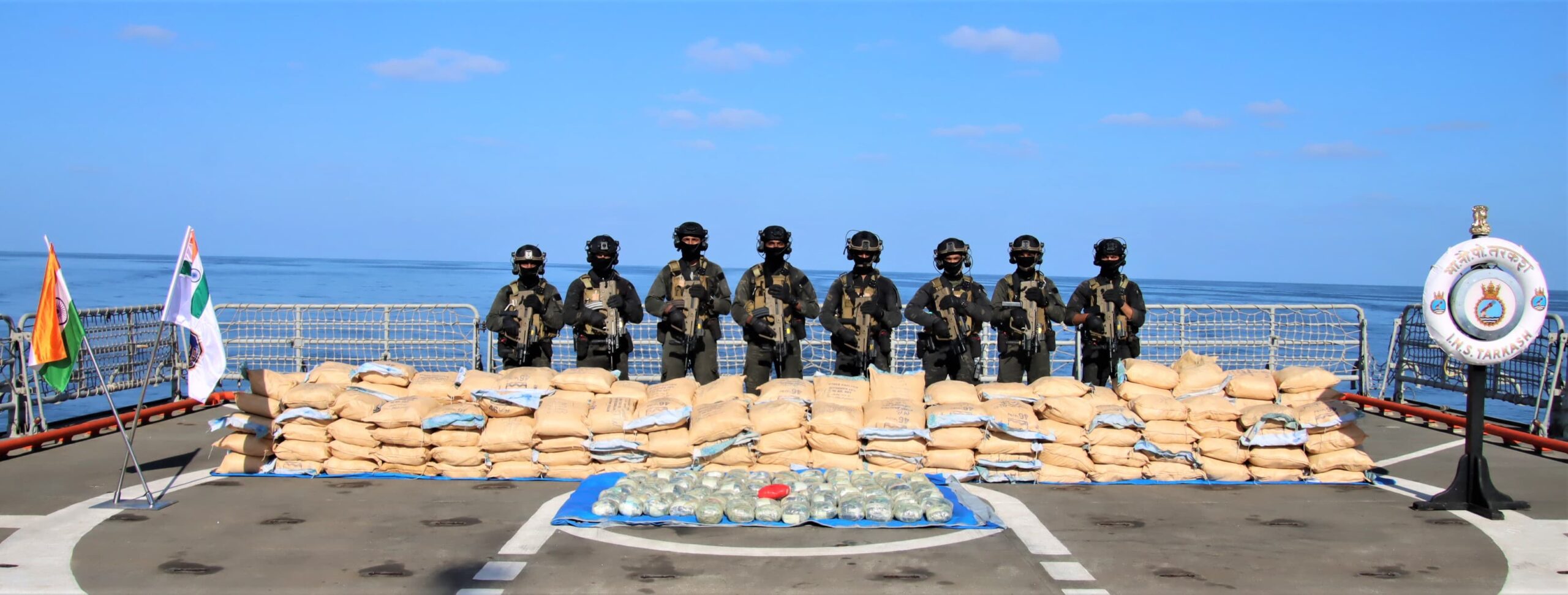In a remarkable fusion of historical reverence and naval innovation, the Indian Navy is set to induct a meticulously crafted replica of a 5th-century CE stitched ship. Inspired by ancient murals from the Ajanta Caves, this vessel embodies India’s rich maritime legacy.
The project commenced in July 2023 through a tripartite agreement among the Ministry of Culture, the Indian Navy, and M/s Hodi Innovations, with funding from the Ministry of Culture. Master shipwright Babu Sankaran led a team of Kerala artisans in constructing the ship using traditional methods, culminating in its launch in February 2025 at M/s Hodi Shipyard, Goa.
Recreating the ship posed unique challenges due to the absence of blueprints or physical remnants. The design was extrapolated from Ajanta Cave paintings, requiring collaboration between naval architects, archaeologists, and the Department of Ocean Engineering at IIT Madras for hydrodynamic testing. The vessel features square sails, steering oars, and a stitched hull, all crafted without modern materials, balancing historical authenticity with seaworthiness.
Following its induction at Naval Base Karwar on May 21, 2025, the ship will embark on a transoceanic voyage from Gujarat to Oman, retracing ancient maritime trade routes. This endeavor not only honors India’s shipbuilding traditions but also showcases the Navy’s commitment to preserving and operationalizing the nation’s maritime heritage.

Charting India’s Maritime Legacy
India’s maritime history is a testament to its ancient seafaring prowess, with roots extending back to the Indus Valley Civilization (circa 3300–1300 BCE). Archaeological excavations at Lothal in present-day Gujarat have unveiled a sophisticated dockyard, indicating the civilization’s advanced understanding of tidal movements and maritime engineering .
The Rig Veda, one of India’s oldest scriptures, contains references to oceanic voyages, highlighting the significance of maritime activities in Vedic society . Ancient Indian merchants established trade links with Mesopotamia, Egypt, and the Roman Empire, exporting spices, textiles, and precious stones, and importing gold, silver, and other commodities.
Ports like Muziris on the Malabar Coast flourished as bustling trade centers, facilitating cultural and commercial exchanges between India and the West . The strategic location of the Indian subcontinent, with its extensive coastline and proximity to key maritime routes, positioned it as a pivotal player in ancient global trade networks.
Indian shipbuilding techniques were renowned for their ingenuity. Traditional vessels, such as the ‘stitched ships,’ were constructed without the use of nails, employing coir ropes to bind planks—a method that provided flexibility and resilience against turbulent seas . These ships were instrumental in voyages across the Indian Ocean, reaching as far as Southeast Asia and East Africa.

The maritime prowess of ancient India, particularly the south, is further evidenced by its influence on Southeast Asian cultures. Indian traders and seafarers played a crucial role in the spread of Buddhism and Hinduism, leaving an indelible mark on the art, architecture, and religious practices of regions like Indonesia, Cambodia, and Thailand.
In contemporary times, initiatives like the National Maritime Heritage Complex in Lothal aim to celebrate and preserve this rich legacy.



